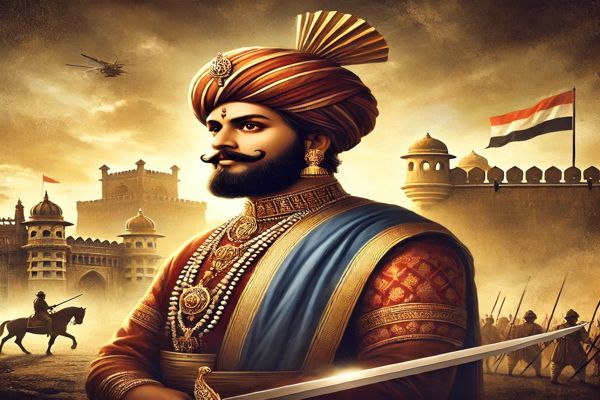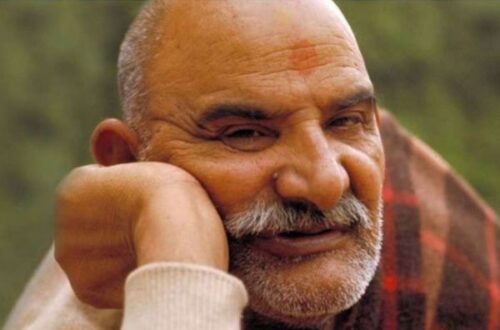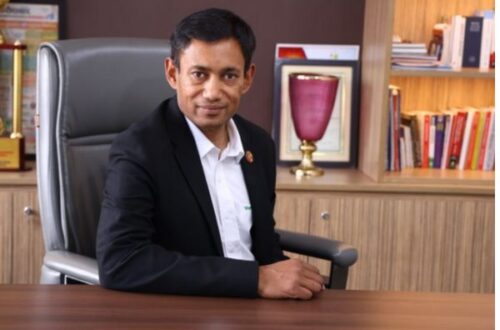
Chhatrapati Shivaji Maharaj: The Founder of the Maratha Empire
Chhatrapati Shivaji Maharaj was one of India’s greatest warriors and administrators. He laid the foundation of the Maratha Empire and challenged the dominance of the Mughal and other invading forces. His leadership, vision, and military acumen continue to inspire generations.
Early Life and Education
| Attribute | Details |
|---|---|
| Full Name | Chhatrapati Shivaji Maharaj |
| Birth Date | 19 February 1630 |
| Birth Place | Shivneri Fort, Maharashtra |
| Father | Shahaji Bhosale |
| Mother | Jijabai |
| Wife | Saibai (Primary Consort) |
| Children | Sambhaji, Rajaram, others |
| Education | Studied warfare, administration, and religious scriptures |
Shivaji was trained in military strategies from a young age under the guidance of his mother Jijabai and mentors like Dadoji Kondadev. He grew up with strong ideals of Hindu self-rule and justice.
Establishment of the Maratha Empire
Shivaji began capturing strategic forts in his early years, laying the groundwork for an independent kingdom. His guerrilla warfare tactics and diplomatic skills helped him strengthen his control over the Deccan region.
| Year | Event |
|---|---|
| 1645 | Captured Torna Fort, his first conquest |
| 1656 | Took control of important forts like Purandar and Kondhana |
| 1664 | Raided Surat, a wealthy Mughal trading city |
| 1674 | Crowned as Chhatrapati at Raigad Fort, officially establishing the Maratha Empire |
Military Campaigns and Achievements
Shivaji Maharaj’s military prowess was unmatched. He fought against the Mughals, Adilshahi, Siddis, and the Portuguese, significantly expanding Maratha territory.
| Campaign | Opponents | Outcome |
|---|---|---|
| Mughal Resistance | Aurangzeb | Defended Maratha lands, employed guerrilla warfare effectively |
| Battle of Pratapgad | Afzal Khan (Adilshahi General) | Shivaji’s forces emerged victorious |
| Siege of Panhala | Adilshahi Forces | Escaped with strategic brilliance |
| Naval Expansion | Portuguese, Siddis | Strengthened Maratha navy to counter coastal threats |
Shivaji revolutionized warfare with his guerrilla tactics, strong intelligence network, and superior fort architecture. His naval expansion also safeguarded Maratha trade routes.
Administrative Policies
Shivaji was not just a warrior but also an exceptional administrator. His governance policies set a foundation for efficient rule.
| Policy | Details |
|---|---|
| Ashta Pradhan | Council of eight ministers for effective governance |
| Revenue System | Just and fair taxation, reduced burden on farmers |
| Fort Strategy | Built and strengthened numerous forts to protect territories |
| Religious Tolerance | Respected all faiths and provided protection to various communities |
Coronation and Expansion
In 1674, Shivaji was crowned as Chhatrapati of the Maratha Empire at Raigad Fort. This marked the official recognition of Maratha sovereignty.
- Strengthened administration and trade relations
- Expanded control over southern India
- Established a strong military structure
Later Years and Legacy
Shivaji Maharaj passed away on 3 April 1680, but his legacy continued through his successors, especially Sambhaji Maharaj. His contributions to Indian history remain unparalleled.
Impact of Shivaji Maharaj
- Inspired Freedom Fighters: His ideals influenced revolutionaries like Bal Gangadhar Tilak and Subhas Chandra Bose.
- Cultural Recognition: Numerous books, films, and plays depict his life and struggles.
- Fort Heritage: Many of the forts built or captured by him still stand as historical monuments.
- Annual Tributes: His birth anniversary is celebrated as Shiv Jayanti with great enthusiasm.
Frequently Asked Questions (FAQs)
1. Why is Shivaji Maharaj called the Father of the Maratha Empire?
Shivaji Maharaj is regarded as the founder of the Maratha Empire because he established a strong administrative and military framework, laying the foundation for future Maratha expansion.
2. What was the significance of the Raigad Fort?
Raigad Fort was the capital of Shivaji Maharaj’s empire and served as the site of his coronation in 1674.
3. How did Shivaji Maharaj manage to defeat the Mughals?
He used guerrilla warfare tactics, strategic fortifications, and an excellent spy network to counter the Mughal army’s numerical superiority.
4. What was Shivaji Maharaj’s policy towards religion?
He was known for religious tolerance and provided protection to all faiths. He ensured the well-being of people from different communities.
5. How many forts did Shivaji Maharaj build or capture?
Shivaji Maharaj controlled over 300 forts, many of which were built or strengthened by him to safeguard Maratha territories.
6. What role did Shivaji Maharaj play in naval defense?
He built a strong Maratha navy to counter threats from the Siddis, Portuguese, and British, protecting the Konkan coastline.
7. Did Shivaji Maharaj have conflicts with the British?
Yes, he had minor confrontations with the British, mainly over trade and territorial interests along the western coast of India.
8. How did Shivaji Maharaj escape from Agra?
He cleverly disguised himself in fruit baskets and escaped from house arrest under Aurangzeb’s captivity in Agra in 1666.
9. Who succeeded Shivaji Maharaj?
His son, Chhatrapati Sambhaji Maharaj, succeeded him and continued the Maratha resistance against the Mughals.
10. Why is Shivaji Maharaj remembered today?
He is remembered for his courage, military brilliance, administrative skills, and dedication to Swarajya (self-rule), inspiring millions across India.
Conclusion
Chhatrapati Shivaji Maharaj was a visionary leader, military genius, and a just ruler. His strategic acumen, administrative brilliance, and relentless pursuit of Swarajya (self-rule) laid the foundation for a powerful empire. His legacy continues to inspire millions, making him one of the most revered figures in Indian history.
Jai Bhavani! Jai Shivaji!




